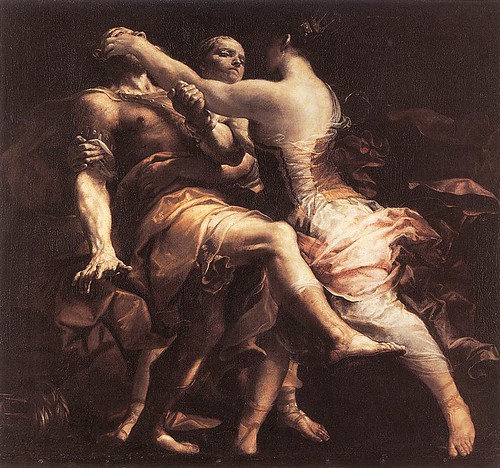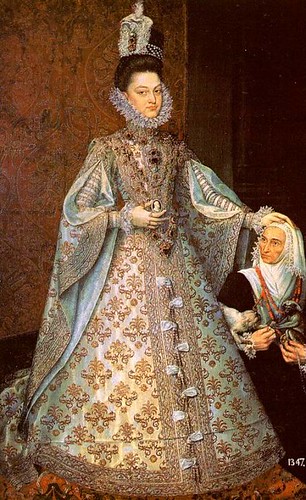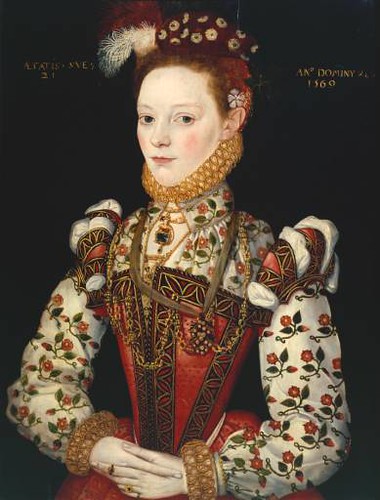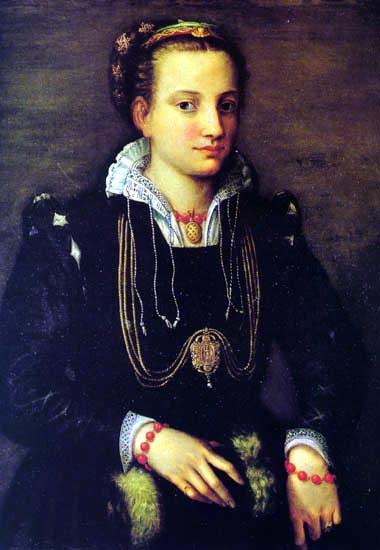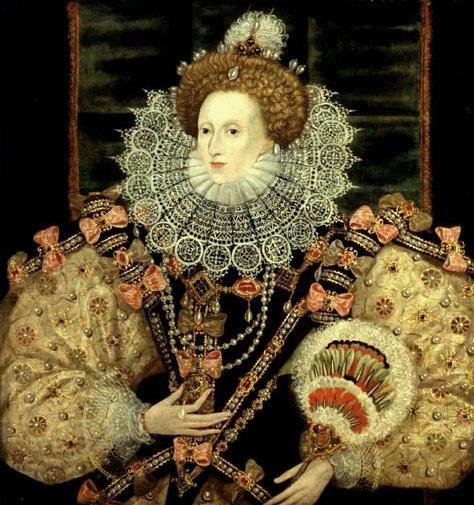Giuseppe Maria Crespi [Italian Baroque Era Painter, 1665-1747]
Click image for 904 x 846 size.
"The theme is probably taken from Hecuba, a tragedy by the antique Greek author Euripides. During the Trojan war Hecuba had sent her youngest son, together with a large fortune, to safety with Polymnestor, her son-in-law and King of Thrace. Polymnestor, however, abused Hecuba's trust in a dreadful manner, murdering and bespoiling the defenceless child he was supposed to protect. Crespi's painting depicts Hecuba's revenge for this foul deed.
To the left Polymnestor is held fast by a Trojan woman. To the right Hecuba rushes up to him and puts out her son-in-law's eyes. The painter has masterfully succeeded in converting the dramatic release of the mother's wrath on the murderer of her descendant into a powerful picture that leaves a lasting impression. The pictures rise up out of the dark background in a very mellow and nervous style of painting, a combination that had earlier proven its expressive accuracy in the late works of Titian and Caravaggio. Polymnestor, flailing helplessly in the air, has no recourse against Hecuba, who in her fluttering garments wreaks out just punishment with the elegance and precision of an angel of wrath, whilst her companion resolutely turns her head away from the dreadful judgement. By depicting Hecuba entirely from behind, in foreground, the painter also enables the viewer to identify to a certain degree with the mother as the executor of a just punishment."
